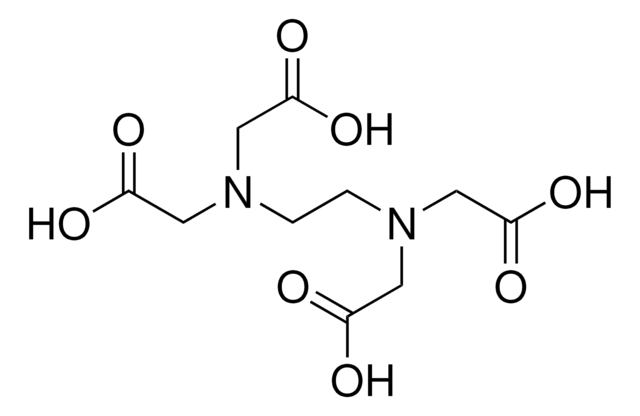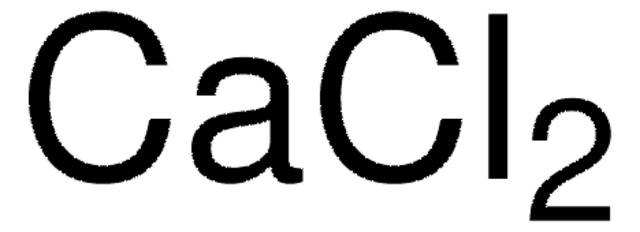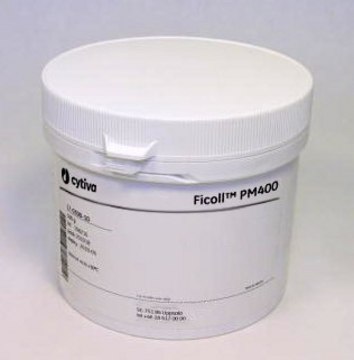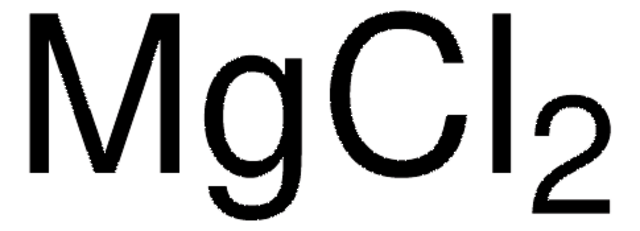50240
Gly-Gly-Gly
≥98.5% (NT)
Synonym(s):
Glycyl-glycyl-glycine, Triglycine
About This Item
Recommended Products
Assay
≥98.5% (NT)
ign. residue
≤0.1% (as SO4)
loss
≤1% loss on drying, 110 °C
solubility
H2O: 0.5 M at 20 °C, clear, colorless
anion traces
chloride (Cl-): ≤50 mg/kg
sulfate (SO42-): ≤50 mg/kg
cation traces
Ca: ≤20 mg/kg
Cd: ≤5 mg/kg
Co: ≤5 mg/kg
Cr: ≤5 mg/kg
Cu: ≤5 mg/kg
Fe: ≤5 mg/kg
K: ≤50 mg/kg
Mg: ≤5 mg/kg
Mn: ≤5 mg/kg
Na: ≤50 mg/kg
Ni: ≤5 mg/kg
Pb: ≤5 mg/kg
Zn: ≤5 mg/kg
SMILES string
NCC(=O)NCC(=O)NCC(O)=O
InChI
1S/C6H11N3O4/c7-1-4(10)8-2-5(11)9-3-6(12)13/h1-3,7H2,(H,8,10)(H,9,11)(H,12,13)
InChI key
XKUKSGPZAADMRA-UHFFFAOYSA-N
Looking for similar products? Visit Product Comparison Guide
Amino Acid Sequence
Biochem/physiol Actions
replaced by
Storage Class Code
13 - Non Combustible Solids
WGK
WGK 3
Flash Point(F)
Not applicable
Flash Point(C)
Not applicable
Personal Protective Equipment
Regulatory Information
Choose from one of the most recent versions:
Certificates of Analysis (COA)
Sorry, we don't have COAs for this product available online at this time.
If you need assistance, please contact Customer Support.
Already Own This Product?
Find documentation for the products that you have recently purchased in the Document Library.
Our team of scientists has experience in all areas of research including Life Science, Material Science, Chemical Synthesis, Chromatography, Analytical and many others.
Contact Technical Service






